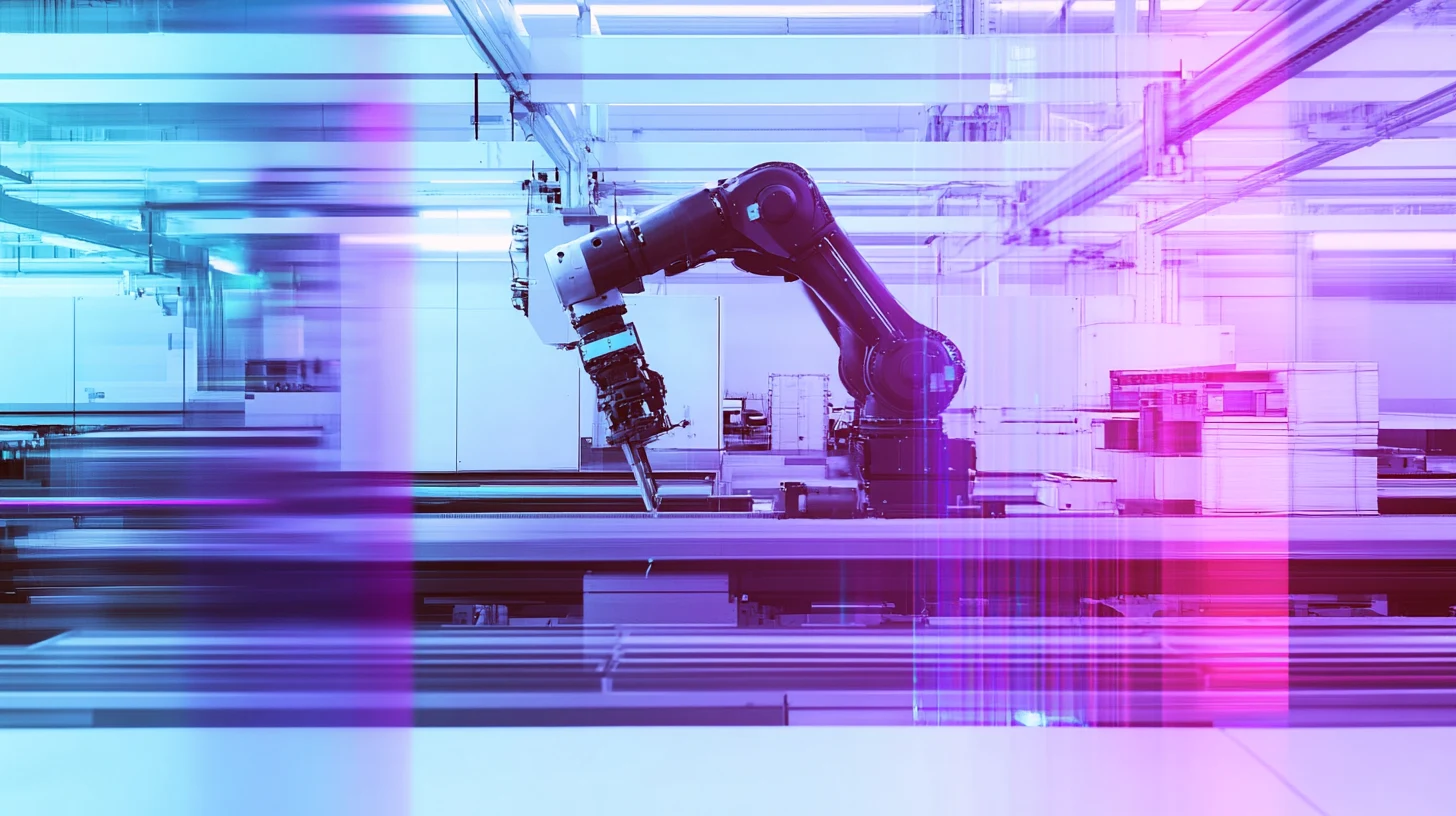Industrial AI is often portrayed as the cure-all for the industrial sector’s challenges. Yet in our daily work, we see that reality as more complex. Many initiatives launch with fanfare but stall at the proof-of-concept (PoC) stage. Recent research from IDC found that 88% of observed AI proof-of-concepts did not scale to production, meaning that for every 33 PoCs, only four successfully moved into production. ‘Pilot purgatory’ is not new in digital manufacturing, isolated successes rarely scale across the enterprise.
This mirrors what we see on the ground. Local optimisations in maintenance or quality yield improvements of 5–10%, but without systemic integration, global OEE or throughput barely budges. The scaling gap is organisational and architectural, not analytical.
The case for change: why is the status quo not enough?
Incremental improvements or siloed projects are no longer sufficient. Industrial companies face intense global competition, shrinking margins, and volatile supply chains. Customers and regulators increasingly demand higher standards for safety, transparency, and sustainability.
Many industrial AI initiatives optimise a single cell, machine, or department while leaving surrounding processes untouched. The result is faster pockets but a slow enterprise. More pilots alone will not speed up progress, systemic integration is essential.
Leaders must shift from ’project thinking‘ to ‘system thinking’. This means treating AI not as a bolt-on to existing workflows but as part of a living control system for the enterprise.
Industrial AI paradox: successful use cases, little overall gain
Even successful AI pilots often deliver siloed benefits. Data remains fragmented across operational technology and information technology systems, including industrial and manufacturing systems & technologies representing different layers of automation and management system. Predictive maintenance runs apart from quality checks, and algorithms remain point solutions. Layering AI on broken processes delivers little overall impact.
Meanwhile, investment continues to rise. IDC forecasts worldwide AI spending of about US$ 632 billion by 2028. Scale matters, but disciplined scale matters more.
Without unified data products, governed interfaces, and cross-domain feedback, these investments compound complexity rather than value. A predictive model may optimise a compressor, but if production scheduling ignores it, the benefit evaporates.
The cybernetic response: a living, learning system
Escaping pilot purgatory requires cybernetic thinking. Instead of chasing isolated AI use cases, the organisation should operate as a learning, adaptive system, where strategy, operations, and technology work in continuous alignment. The so-called Cybernetic Enterprise. Think of it as the organisation’s operating system: continuously sensing, deciding, and acting through feedback loops, AI-augmented intelligence, and empowered teams.
Cross-functional teams are organised around domain-oriented value streams, owning outcomes end-to-end and breaking down silos. Domains may include smart factory operations, maintenance & asset reliability, supply chain resilience, or customer service. At the core sits the Triad of Intelligence – organisation, technology, and process, which must be designed as one system. Without this integration, AI use cases remain isolated and stall at scale.
Core characteristics of the Industrial Cybernetic Enterprise include:
Is there anything Cybernetic Enterprise can’t do?
Yes, indeed. The Cybernetic Enterprise is powerful because it connects sensing, decision, and action across the whole organisation, enabling adaptability and scale. But it’s not a silver bullet. Treat the following as design constraints – limits you must explicitly respect when building a cybernetic organisation:
- Replace human judgement: Strategic trade-offs and ethics remain with people; AI is a co-pilot.
- Predict every disruption: Black swans still surprise, resilience improves response, not prophecy.
- Fix bad data: Poor or biased data produces poor outcomes; governance is essential.
- Solve cultural problems: Without leadership and empowerment, even the best systems fail.
- Defy physics or regulation: Cycle times, safety, and validation constraints still apply.
The cybernetic imperative: Why leaders must act now
Incremental improvements and siloed pilots are no longer sufficient. Cost pressure, supply chain volatility, and rising regulatory expectations demand systemic, enterprise-wide solutions. Adopting the cybernetic model is key to operational resilience, competitive advantage, and attracting skilled engineers and operators.
To help you get started, we created a 90-day roadmap that helps leaders implement the cybernetic model in practice. But please be aware that transformation is continuous, it does not stop after 90 days, this is just the beginning.
The first 90 days: roadmap from pilot to platform
Understanding the vision is one step, executing it is where the real transformation begins. The next question is: how do we do this in practice? The path should take you from an isolated pilot to a scalable platform.
The first 90 days on the road to the Cybernetic Enterprise
Our upcoming whitepaper expands on this roadmap: assessing the current state, designing a tailored cybernetic model, and executing change in sprints. It provides frameworks and real-life examples to translate cybernetic vision into operational reality.
Lead the shift beyond the hype
As AI hype fades, lasting advantage will come from systemic adaptability. This is the cybernetic imperative: building enterprises that learn, adapt, and innovate continuously. For industrial leaders, the call is clear. This quarter:
- Choose a value stream to optimise.
- Nominate a value-stream owner.
- Map key processes and dependencies within the value stream (to understand what really drives value).
- Identify critical data sources and system touchpoints (ensure the right inputs for AI and process improvements).
- Set three non-negotiable KPIs as metrics.
- Require EU AI Act readiness in every AI user story from now on.
- Establish a feedback loop to capture lessons and outcomes continuously.
- Align IT, OT, and business teams around the chosen value stream.
- Invest in skill-building for teams to operate and innovate with AI safely.
- Review and iterate continuously and adjust based on results.
Transformation won’t be easy, but the reward is an organisation built for change. The future belongs to enterprises that learn and pivot faster than the world changes. The time to lead that shift is now.
You will know you are on the right path when these signals emerge:
- Smaller, safer deployments
- Teams discussing outcomes rather than outputs
- Dashboards shifting from activity metrics to impact metrics
- Executives steering by live feedback rather than static reports
In industrial transformation, speed and adaptability are the differentiators. The Cybernetic Enterprise provides the architecture to achieve it. The question is not if, but how fast you can build your feedback loop.







